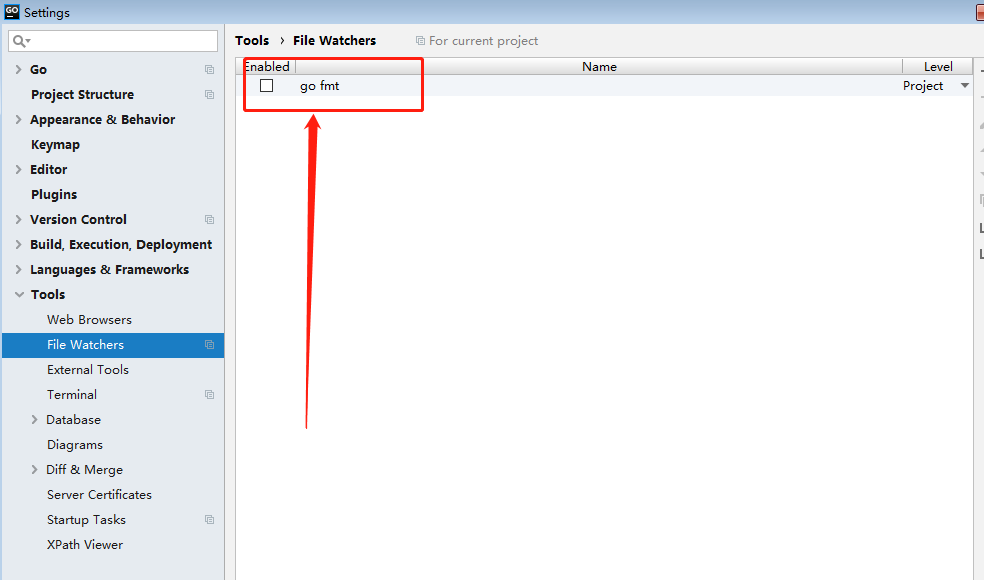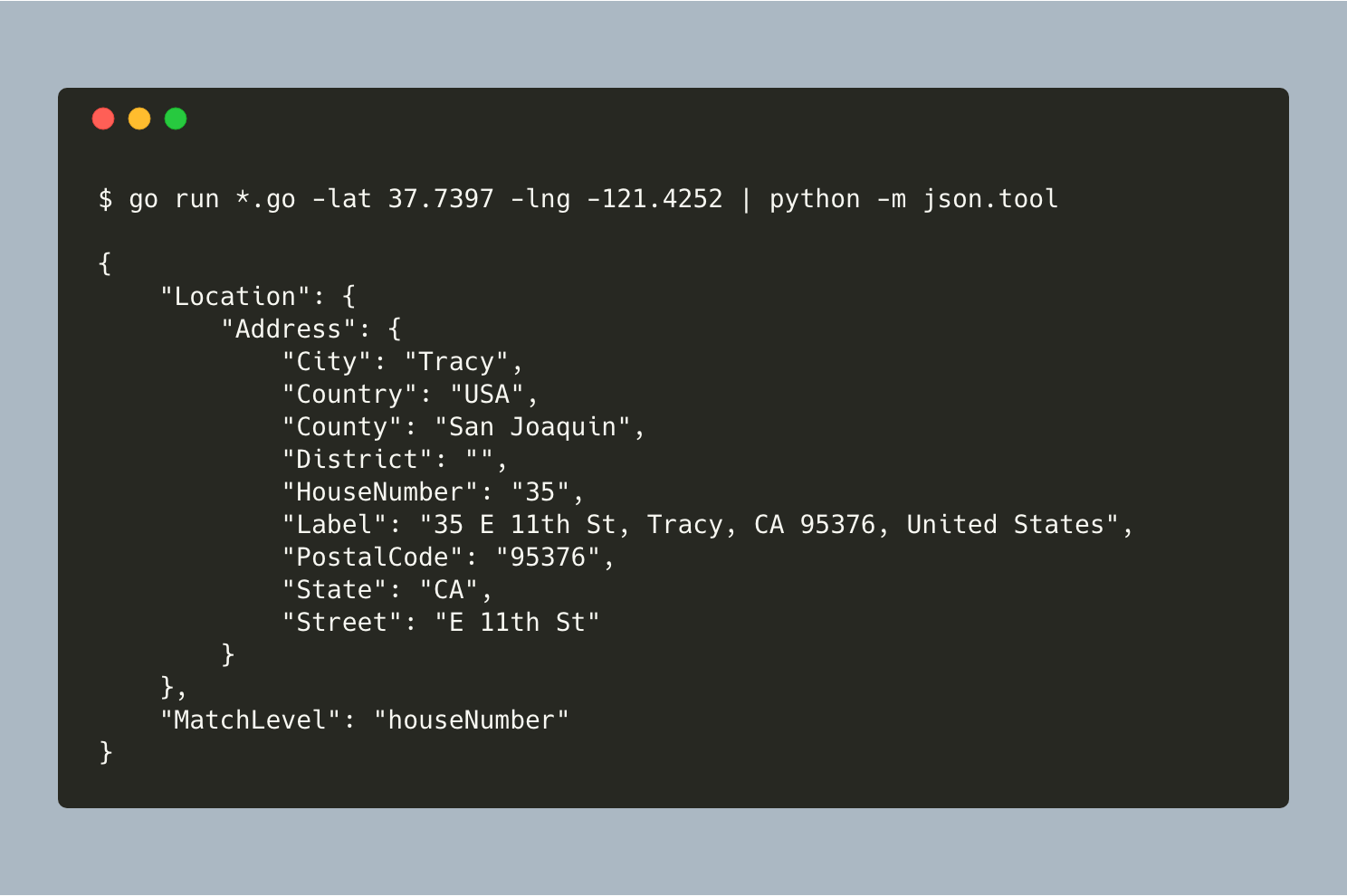

Simply navigate to Preferences -> Tools -> File Watchers and on 'level' select 'Global'. Settings.json - This will work as configuration file for golang package and contains below information. Yes there is now They allow you to change the level of the file watcher. Logs the execution of the process in the and send an alert with execution details to Slack.It reads the configurations from json file and perform actions on the file like unzip, move it to target bucket by creating the require directory structure on the target bucket.This lambda function is the fileWatcher program which can be invoked using the api endpoint from external program.The list of source, target directories and rules should be configurable and stored in json file.ĪWS Lambda is a serverless offering by AWS cloud and identified as s best fit for File Watcher components.īelow are the important components of the solution –.

This solution would in addition send alerts via slack to inform a group of recipients that a move event was triggered and the details of the event.Move files to a corresponding list of target directories with decompression, if the source file is compressed. Develop a daemon based technology solution that will given a list of source watch directories and REGEX patterns for filenames.When I first saw this question, I thought it would be easily solved by waiting for the 'file close' event, which will occur when a file copy is.
#Golang filewatcher how to#
Here’s an example on how to use filepath.Walk to discover files and directories package mainĮrr := filepath.Walk("/tmp/", func(path string, info os. The docs say: watcher is a Go package for watching for files or directory changes (recursively or non recursively) without using filesystem events, which allows it to work cross platform consistently. Here’s the function signature type WalkFunc func(path string, info os.FileInfo, err error) error WalkFunc is the type of the function called for each file or directory visited by Walk. The files are walked in lexical order, which makes the output deterministic but means that for very large directories Walk can be inefficient. All errors that arise visiting files and directories are filtered by walkFn. This will, by default, add these File Watchers for other projects but it will not be enabled. Walk walks the file tree rooted at root, calling walkFn for each file or directory in the tree, including root. Simply navigate to Preferences -> Tools -> File Watchers and on 'level' select 'Global'. The official documentation reads as follows func Walk(root string, walkFn WalkFunc) error Option 2: filepath.Walkįilepath.Walk is another option you can use to list files in a directory structure, from the filepath Go package, it also allows us to recursively discover directories and files.

If you want to learn more on how to use the output from this function you can check out the structure of os.FileInfo which allows you to see properties of the file or directory returned. Let’s see how we can practically use ioutil.ReadDir in this example package mainĪnd that’s my output 3xBHlg5 true watcher watches for changes and notifies over channels either anytime an event or an error has occurred. ReadDir reads the directory named by dirname and returns a list of directory entries sorted by filename. watcher is a Go package for watching for files or directory changes (recursively or non recursively) without using filesystem events, which allows it to work cross platform consistently. Ioutil.ReadDir comes from the ioutil package in the Go standard library, you can check the documentation from the official Go Doc website func ReadDir(dirname string) (os.FileInfo, error) By the end of this article you will be able to use all of the following options to list files in a directory We are going to see also how to list files recursively when having a nested directory structure just by using the Go standard library. In this article we are going to breakdown a list of possible options that you can use to list files in a directory using Go. In Go (Golang) you often have many options to achieve the same result when it comes to use the standard library. start command supports the following custom parameters: -name'name' -> Run by name on existing configuration -path'realize/server' -> Custom Path (if not specified takes the working directory name) -generate -> Enable. How To List Files In A Directory In Go | Golang Cafe Jobs realize.yaml file if doesn’t already exist, add the working directory as project and run your workflow.


 0 kommentar(er)
0 kommentar(er)
